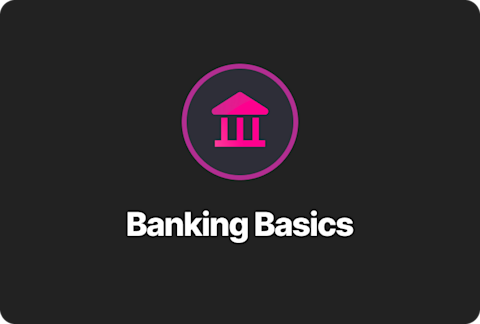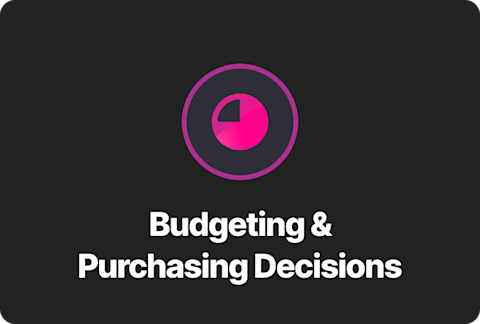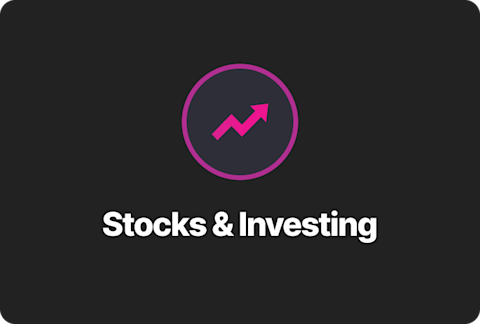How to Stop Overdraft Fees (And Keep More of Your Money)

You ever check your bank account and see a $35 overdraft fee because you accidentally spent $2 too much? Yeah, it sucks. Overdraft fees are one of the most frustrating—and sneaky—ways banks take money from you. But the good news? You can avoid them. Let’s talk about how.
What Are Overdraft Fees and Why Do Banks Charge Them?
Overdraft fees are often seen as predatory practices in consumer banking. They're designed to penalize users who are already short on cash—charging them even more for not having money in the first place. Many banks also reorder transactions to increase the chances you'll overdraft multiple times in a single day. It’s not just a minor fee—it’s a system that can spiral people deeper into debt. Some people get hit with multiple fees in a single day. And the worst part? Traditional banks made over $7.7 billion from overdraft fees in 2022 alone. That’s a huge chunk of profit from people just trying to buy groceries or cover a bill.
How to Avoid Overdraft Fees — Proven Tips That Actually Work
If you’re wondering how to avoid overdraft fees, here are a few tips that actually work:
Track your balance regularly. Use your banking app to check where you’re at before making purchases.
Set up low balance alerts. Most banks let you get notified when your account dips below a certain amount.
Link a backup savings account. That way, if you go over, the bank pulls from savings instead (often with no or lower fees).
Turn off overdraft protection. Sounds backward, but this will actually decline transactions you can’t afford instead of charging you for them.
These tips work best when combined. Stay alert, and you can sidestep most fees.
How to Stop Getting Overdraft Fees with Step
If you're tired of banks profiting off your mistakes, here's some good news: Step doesn’t charge overdraft fees. Ever.
Here’s how Step works. You can only spend what you have in your account, so if a transaction would push you into overdraft, it gets declined. And you won’t get hit with a fee just for trying.
Step is built for anyone looking to avoid fees and get smart about their money, especially people just starting to manage their finances independently. You learn the ropes without being punished for every mistake. Step even helps you build credit with its credit building app.
How to Avoid Overdraft Fees at Traditional Banks (and Why It’s So Complicated)
Traditional banks each have their own rules—and they don’t always make them easy to understand. What works at one bank might not work at another, and fees can stack up quickly if you’re not careful. Below are a few examples of how to avoid overdraft fees at major banks:
How to Avoid Overdraft Fees at Chase
You can turn off overdraft protection in your Chase mobile app and set up alerts when your balance drops. Link your savings account to act as a backup. Chase also offers an overdraft assist program, which may waive fees if you're overdrawn by less than $50.
How to Avoid Overdraft Fees at Bank of America
With BofA, the fee is $10 per item with a daily max of $20—better than many banks, but still annoying. You can opt out of overdraft altogether in your account settings. Using the Erica virtual assistant can help you stay informed when your funds are low.
How to Avoid Overdraft Fees at Wells Fargo
For Wells Fargo users, fees are around $35 per transaction. You can opt out of overdraft services or link a savings account as a buffer. Use their app to set up low balance alerts. Also be mindful of the “Extended Overdraft Fee,” which kicks in if your account stays negative too long.
How Can I Stop Overdraft Fees Altogether?
Here’s the truth: Most overdraft fees are avoidable if you pick the right tools.
Choosing a banking product that doesn’t charge overdrafts, like Step, is one of the easiest ways to protect yourself. Budgeting tools and balance alerts are also helpful, and you’ll want to stay mindful of any automatic subscriptions that could accidentally overdraft your account. The key is staying in control of your balance and using a system that’s built to support—not punish—you.
Frequently Asked Questions
Does Every Bank Charge Overdraft Fees?
Most traditional banks still do, unless you opt out or link a backup account. But not every financial platform charges them. For example, Step doesn’t charge overdraft fees.
What Happens If You Don’t Pay an Overdraft Fee?
Your account might stay negative, and if it remains that way for too long, the bank could close it or send it to collections.
Are Overdraft Fees Legal?
Yes, but banks are required to give you the option to opt out of overdraft services.
How Is Step Different from a Traditional Bank?
Step offers a secured credit card to build credit or Gen Z. You can only spend what you have, and you build credit while avoiding debt traps.
Final Thoughts — You Can Stop Overdraft Fees for Good
Overdraft fees are avoidable. Whether you’re at Chase, BofA, or Wells Fargo, there are ways to fight back. But the easiest way? Use a banking product that doesn’t charge them in the first place.
Step helps you manage your money without hidden fees, without traps, and with tools to actually grow your credit. Want in? Download the app and ditch overdraft fees for good.








